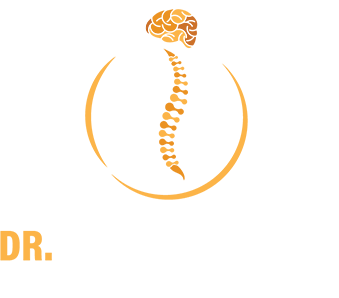Table Of Contents
- What Is Lumbar Disc Prolapse?
- What Causes Lumbar Disc Prolapse?
- What Are The Symptoms Of Lumbar Disc Prolapse?
- How Is Lumbar Disc Prolapse Diagnosed?
- How Is Lumbar Disc Prolapse Treated?
What is Lumbar Disc Prolapse?
The spine comprises several vertebrae that run from the top of the head to the bottom of the tailbone. A disc is an elastic-like structure that rests between each vertebra. The ‘annulus fibrosus’ is a stiff outer section of the disc, and the ‘nucleus pulposus’ is a gel-like interior section. The discs function to separate the vertebrae and offer shock absorption to forces acting on the spine during movement.
A lumbar disc prolapse, also known as a “herniated” or “slipped” disc, occurs when a portion of soft central disc material squeezes out through a tear in the disc capsule under pressure (annulus). The prolapsed fragment may produce neurological symptoms by compressing a nearby nerve root or numerous roots.
What Causes Lumbar Disc Prolapse?
A variety of factors can cause disc prolapse. As we age, our spine discs may lose their flexibility and elasticity. Bas the gel in the discs starts drying out. The ligaments surrounding the discs become fragile and more readily torn due to f this. Excessive tension on the disc causes disc prolapse, which can be caused by lifting heavy objects, injury, or other detrimental actions.
Herniated disks are also thought to have a genetic predisposition and so can run in families. Early disc degeneration may be caused by smoking and various occupational activities.
What are the Symptoms of Lumbar Disc Prolapse?
- Muscle weakness (which can include the inability to elevate your foot).
- Leg pain that runs down the front, side, or back
- Tingling or pins and needles down the leg
- Numbness in the lower leg
- Low backache
How is Lumbar Disc Prolapse Diagnosed?
A spinal MRI scan, which offers comprehensive images of the spinal components, including the nerves and discs, is the best way to see a prolapsed disc. X-rays are ineffective in diagnosing this illness and expose patients to needless radiation.
How is Lumbar Disc Prolapse Treated?
Most patients improve in four to eight weeks with conservative treatment, such as pain medication and reduced activity. Physiotherapy or acupuncture may also be beneficial. Forceful spinal manipulation should be avoided because it has the potential to exacerbate discomfort and injure nerves.
Spinal injections
X-ray-guided epidurals and nerve root injections can particularly benefit individuals suffering from leg discomfort (and occasionally altered sensation) due to a disc prolapse. At the same time, the natural healing process takes place. They can also confirm or rule out a diagnosis throughout the diagnostic procedure. Spinal injections offer the benefit of being given under local anaesthetic or sedation, and while there are risks and side effects, they are relatively uncommon.
Surgery
The following situations may necessitate surgery in the form of a lumbar discectomy:
- Prolapse of the central disc presses on the nerves that control the bladder and bowel (cauda equina syndrome)
- Persistent, severe pain that does not respond to conservative treatment
- Leg weakness




